Hey #medtwitter, it’s time for another #histmed #FOAMed Tweetorial! I’m giving a couple of lectures this fall, and in the spirit of #FOAM I’m going to (try my best) to do a Tweetorial for each, so anyone can benefit/watch me flounder/vehemently disagree with me.
So thank you to @BostonChiefs, and let's talk about semiotics and the development of the physical exam!
First, an opinion poll. Do you think that the physical exam as it is practiced today is useful for care of our patients? When I poll people, I’ve noticed dramatic response differential between training levels.
If you think about it as medical ritual, the physical exam is somewhat bizarre. How did we get it in the first place? 

So Tweetorial quiz #2 -- how old do you think the physical exam in?
Let's first talk about semiotics -- the study of symbols and signs -- and in particular the difference a "symptom" and a "sign". 

If you look in any medical dictionary, you’ll see that a symptom is a patient’s subjective experience, and the sign is something objective the physician either sees or elicits.
But this take is overly reductive and only about 60 years old. I think it helps obscure the reasons we do a physical exam.
Let's illustrate this with an example. A patient comes in with a chief complaint of acute onset of warmth, redness, and swelling in her foot and leg. Is this redness and swelling:
I would argue it's both! The older definition of a symptom is a MANIFESTATION of a disease. So the redness and swelling are, rightly so, symptoms. 

A sign, on the other hand, is a symptom or observation that a physician can use to deduce an underlying condition. It is the process of deduction that makes something a sign. So the erythema and swelling can also be a sign for a cellulitis.
The ancients saw four different categories of signs, concepts we still use today.
* Prognostic -- predictive of an outcome
* Anamnestic -- evidence of old disease
* Diagnostic -- evidence of underlying disease
* Pathognomonic -- evidence of a specific disease
* Prognostic -- predictive of an outcome
* Anamnestic -- evidence of old disease
* Diagnostic -- evidence of underlying disease
* Pathognomonic -- evidence of a specific disease
But @AdamRodmanMD, why should I care about how the ancients divided their diseases‽ Wonderful question dear Twitter-reader. Our current physical exam evolved under these conditions – but I also think it’s a useful framework for today.
Let’s try this framework with a case. This is the Edwin Smith papyrus, an ancient Egyptian surgical text dating to 1600 BCE (likely copied from older). 

Case 45 is a good example, the first description of cancer in history. The doctor describes a breast tumor “like green hemat fruit under the breast, cool, with no granulation, secretions, or fluids. There is no treatment.” 

So image you're an ancient Egyptian physician-priest in the cult of Imhotep, and you feel this on a patient's breast. What sort of sign is this?
It’s a prognostic sign. Key phrase, “there’s no treatment.”
Now case #2 from Epidemics III from the Hippocratic corpus. Dating from ~500 BCE, this is basically the medical notes and observations of a traveling doctor from the Aegean basin. 
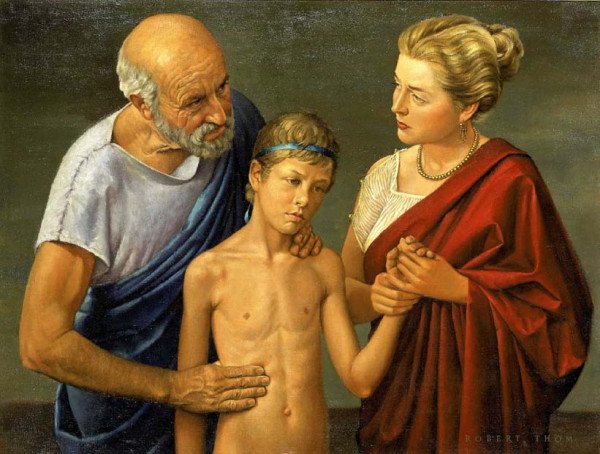
This is Case II, very famous in Western Medicine – the Woman of Thasos. She gives birth to a daughter and has retained lochia. She then develops fevers and chills, melancholia, dips into a coma, develops thin, copious, and black urine, and then dies. 

The physician notes black urine, "urina nigra." What type of sign is this?
This is a diagnostic sign – it gives us information about a hidden underlying cause of her illness, an excess of black bile, caused by her retained lochia. 

So remember that the four humors are the four constituent fluids of the human body -- blood, phlegm, yellow bile, and black bile. Their balance made up human health and disease. 
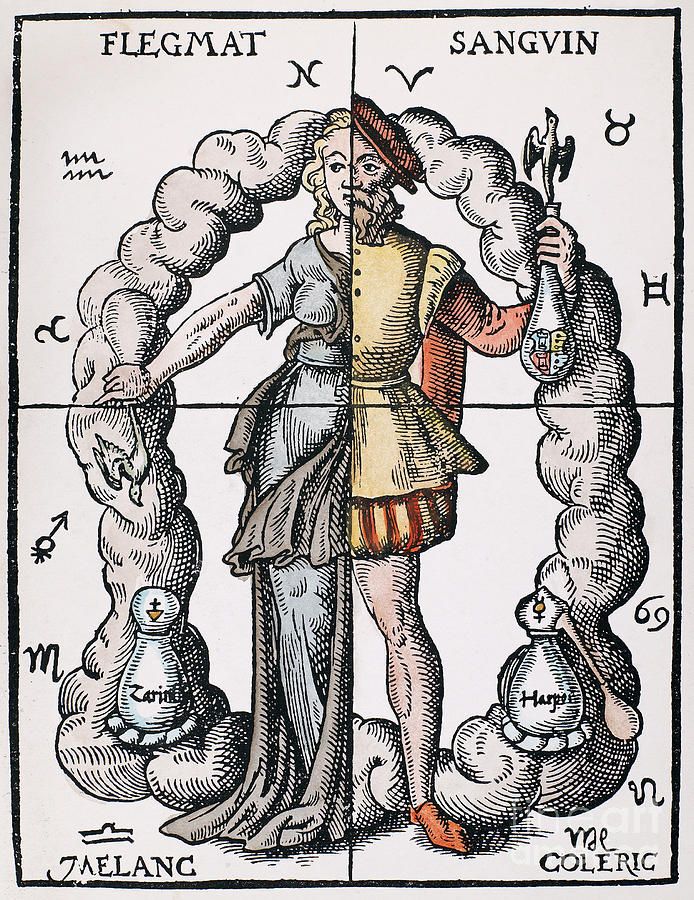
Throughout the ancient to modern period, the gist of the physical exam was to look for signs suggesting imbalances in the humors. This mostly meant examination of the urine and the pulse. 

These exams could be incredibly detailed. Scholarly analysis has suggested that uroscopy and the pulse exam were most frequently used as prognostic signs -- not diagnostic, at least not initially. 

And this lasted well into the 19th century. This illustration (1826) shows a fabulously-dressed doctor diagnosing pregnancy (see the little baby in the matula?!). Hence the yelling mother. 

But we went from medieval examination of urine to essentially the modern exam in just a few decades. What happened‽ 

I could do a whole Tweetorial just on this topic (and let's not kid ourselves, I probably will). But if you want more on this, I did a podcast on the subject: bedside-rounds.org/episode-34-the…
Briefly, in Paris at the turn on the nineteenth century, doctors realized that they could look for, and elicit, signs of disease when patients were still alive, and then confirm on autopsy after they died.
This led to the development of percussion (Auenbrugger, Corvisart), and probably most famously, Rene Laennec’s invention of the stethoscope 

Before, uroscopy and pulse palpation were the only major signs that weren’t also symptoms. The patient’s experience of the disease still mattered most. Now there was a whole new class of signs that was accessible only to physicians.
Doctors went crazy with developing new signs, all confirmed on autopsy after death. The idea of the pathognomonic sign -- that every disease has a stereotyped exam finding -- became ascendant by the late 19th century.
Doctors became much better at diagnosis -- but it had real effects on patient, what Jewson called “the loss of the sick-man from the medical cosmology.”
This is the height of the exam, the halcyon era of examining patients. So what happened? What killed the physical exam?
So this is also the period of exciting new development in medical diagnostics. In 1896, Roentgen invented the x-ray 
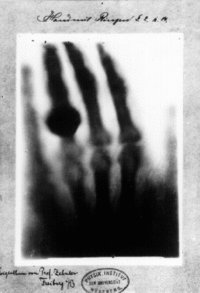
35.And lab tests were rapidly improving in the late 19th century as well. The Hematokrit (Blood Judge, and yes it was the name of the device) was a type of centrifuge and first effective lab test, modeled after the Lactokrit, which measured milk fat.
But I posit my question supposes a false dichotomy (oops!) -- nothing killed the “physical exam,” because doctors in this period didn’t think of a separate physical exam from doing x-rays or lab tests.
Verghese and colleagues did a wonderful review of English-language medical texts from late 19th century until today. Initially, laboratory and x-ray tests were included in same section as physical exam procedures.
It makes sense, right? They’re really all signs; they help us deduce hidden causes of disease
It’s not until the second half of the 20th century that “physical diagnosis” gets narrowed to “physical exam” and separated into its own category.
This is the exam that you were taught in school (ossified further by the realities of billing). BTW, photo is of French SOAP note. Source: atanet.org/chronicle-onli… 
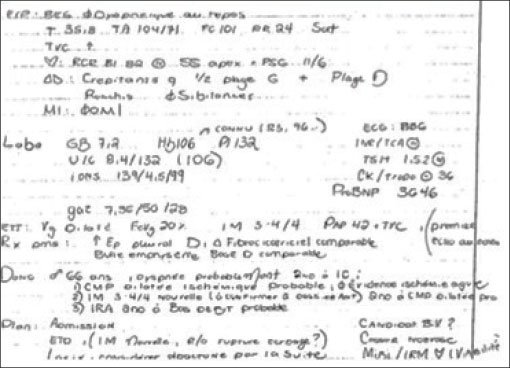
Is there a way forward? I think so! In many ways, the evidence-based physical exam movement is an extension of traditional thinking about signs and the exam. 

A “sign” is much more than your templated daily physical exam; it helps increase or decrease your pre-test probability of a diagnosis -- whether that’s a complaint of PND, hearing wheezes on the lung exam, or simply observing that a patient isn’t eating all their meals.
Okay -- that was much longer than I intended! And this was the short version 😊
If you're somehow still with me, I want your honest opinion -- is it helpful to also develop my lectures as Tweetorials? I enjoy it, and it’s a unique challenge at being pithy (not my strong suit). But do you? Please comment with specific feedback!
If you like this kind of thing, I host a podcast on medical history and its intersections with society and culture. It’s called Bedside Rounds, and it’s on Apple Podcasts, Spotify, Stitcher, or wherever else you get podcasts. itunes.apple.com/us/podcast/bed… 
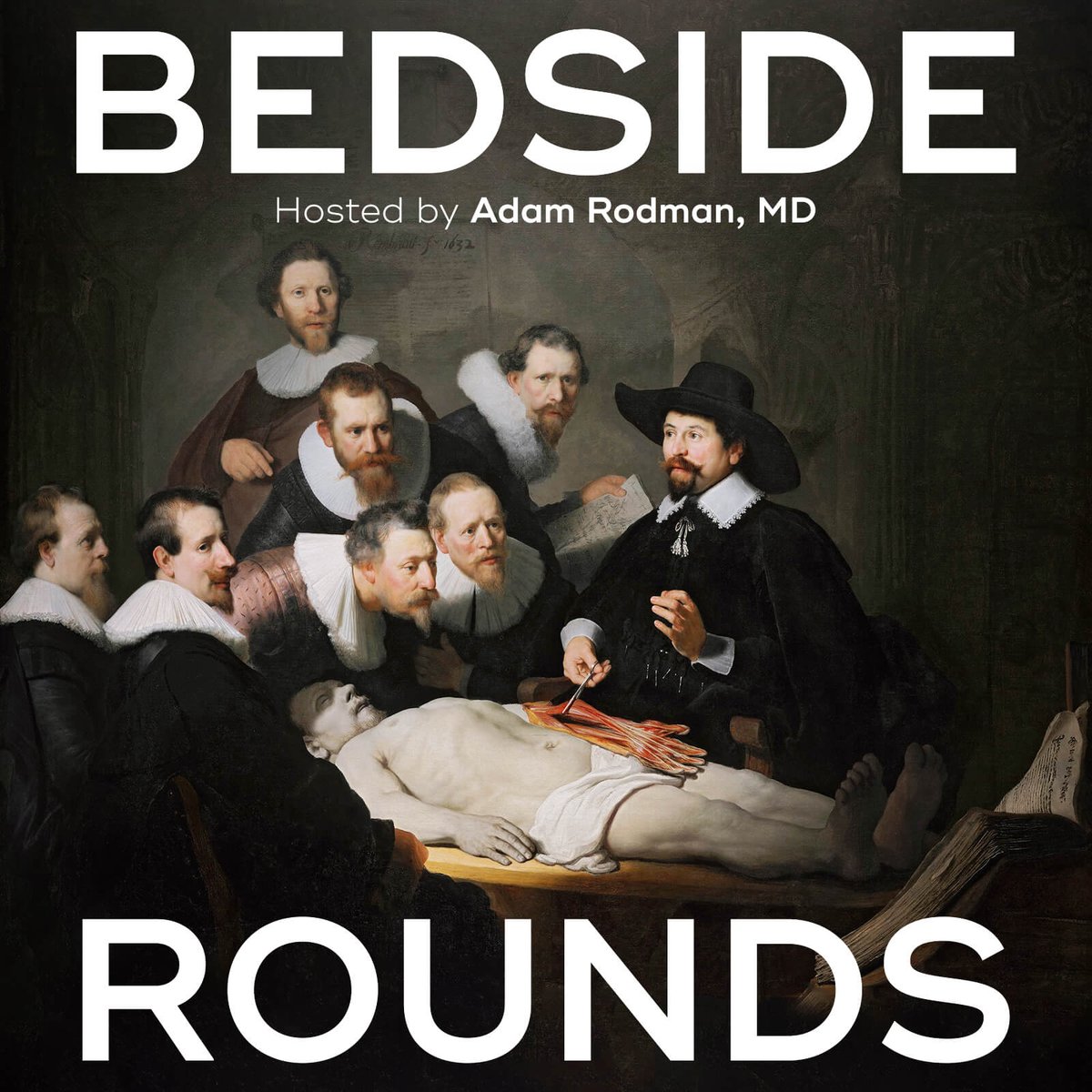
Finally, if you want to read more about semiotics, I recommend Lester King’s excellent “Medical Thinking: A Historical Preface,” available at your local library (thanks @HMSCountway!)
And a final thanks to @BostonChiefs -- see you in 56 minutes :) guess I should change!
• • •
Missing some Tweet in this thread? You can try to
force a refresh




